Fashion
Where Are The Black Women Creative Directors In Fashion? – Essence
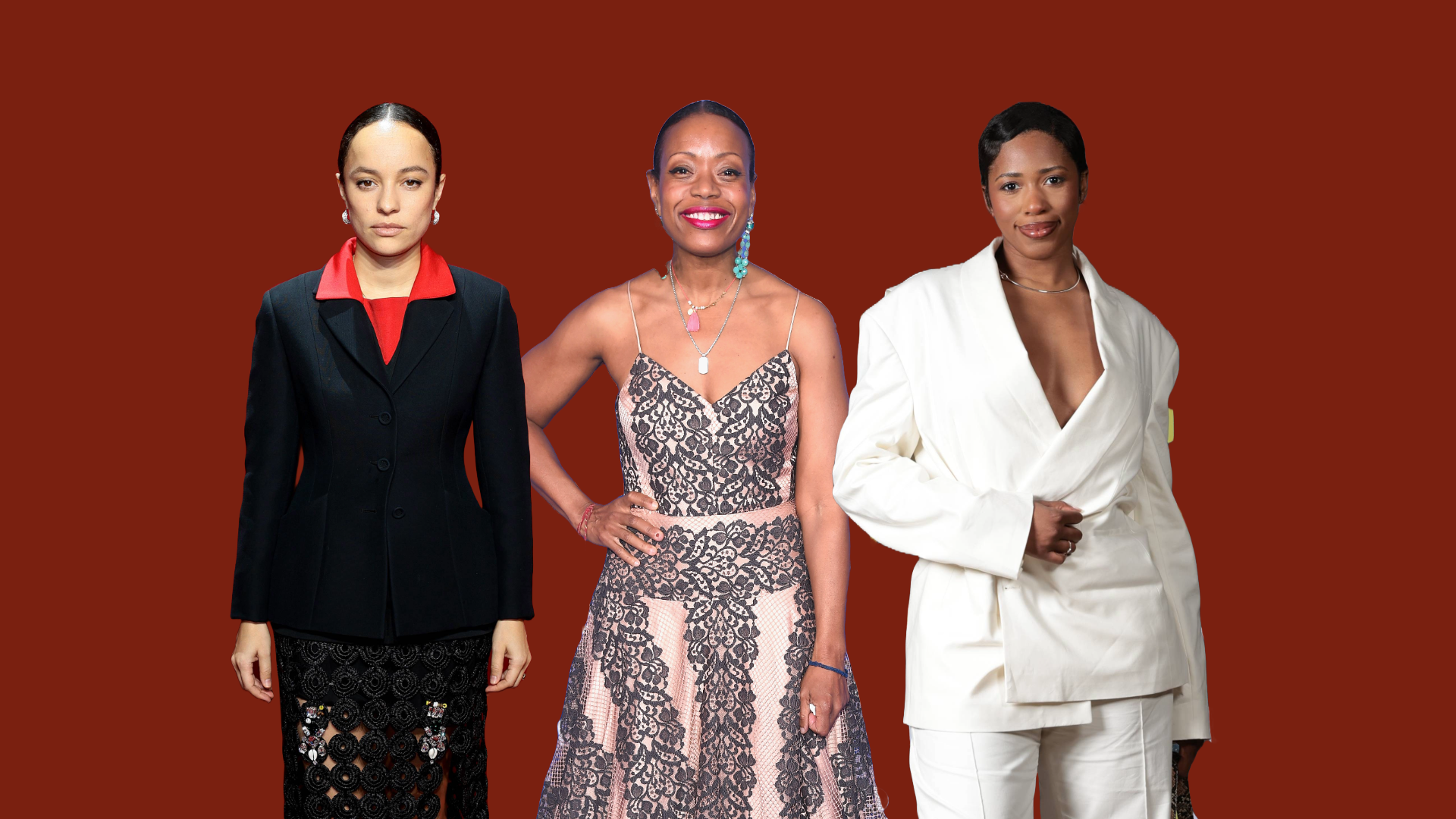
The fashion industry is restless, shifting, and recalibrating. At least on the surface. Chanel, Balenciaga, Gucci, Loewe are some of the top fashion houses in the world with ateliers that produce high-end collections that define global fashion trends. Every so often, these major fashion houses play musical chairs with their creative directors, moving white men around like interchangeable Monopoly pieces, leaving the industry buzzing. This year, the industry watched as Jonathan Anderson’s tenure at Loewe came to an end as he moved over to Dior, Demna went from Balenciaga to Gucci, and Haider Ackermann went to Tom Ford. Amid all of this movement, one glaring absence remains: where are the Black women creative directors?
For the past couple of years, the fashion industry has embraced diversity and inclusion in a way that made it aesthetically appear as though real change was happening. But for all that talk, Black women are still shut out of the highest creative positions. The talent’s there. Grace Wales Bonner has elevated her namesake label to become a global force–she’s done so by blending European tailoring with her Caribbean heritage. Martine Rose’s subversive menswear has influenced the market at large. Bianca Saunders brings an Avant-Garde yet deeply personal perspective to menswear.
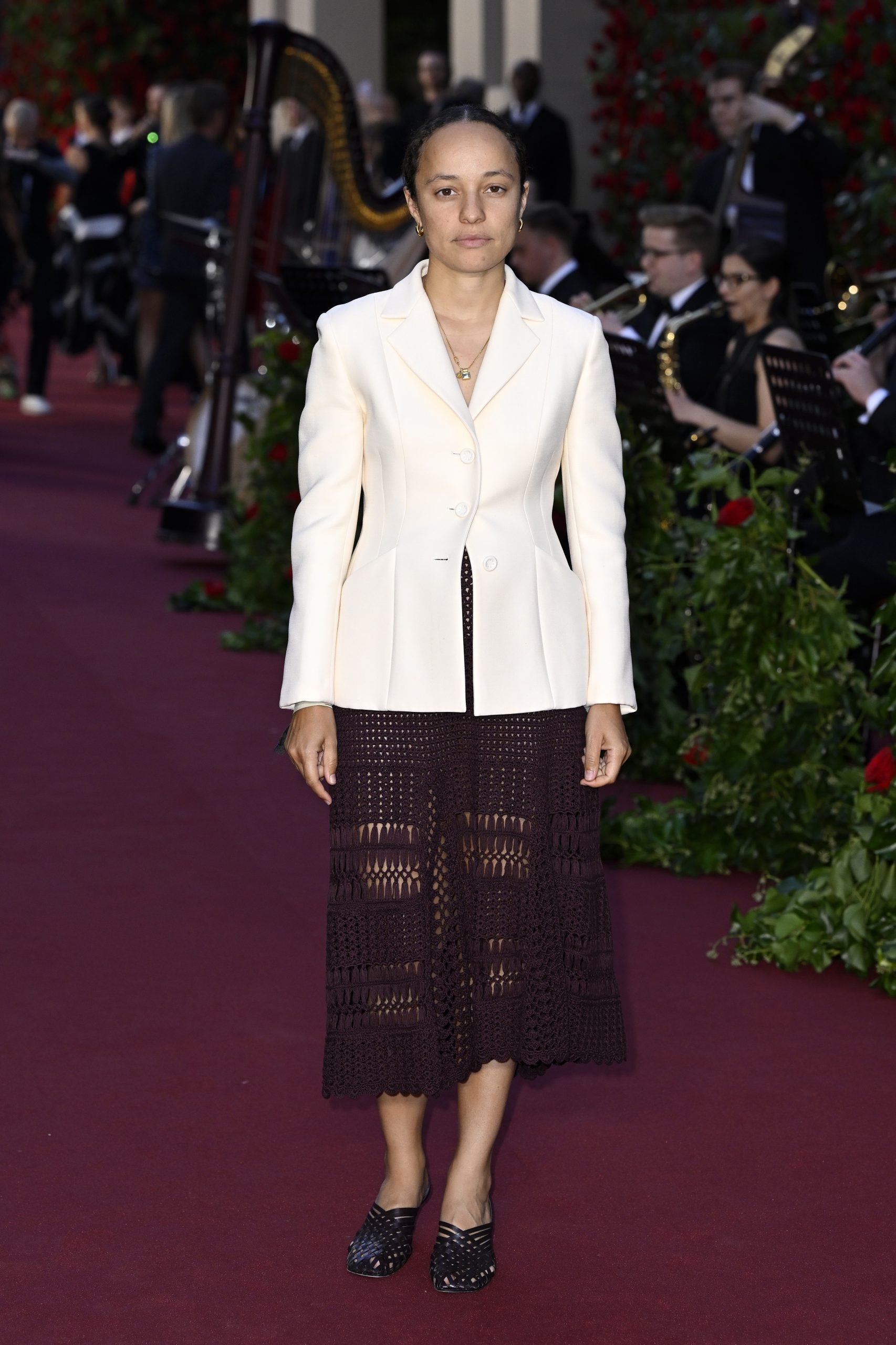
The culture’s also there. From the streets to the runways, luxury and streetwear alike pull from the style, music, and innovation of Black women. And let’s not forget the demand, that’s undeniable. Customers are craving new voices and fresh perspectives. So, why does this industry still have a glass ceiling for Black women? And, more importantly, how do we shatter it?
Fashion loves to drape itself in the language of change. “Diversity” and “inclusion” are stitched into corporate statements, embroidered into ad campaigns, and paraded down runways. But the industry’s power structure remains largely the same. While Black women are frequently celebrated as muses, cultural touchpoints, or tentpole faces for DEI initiatives, their inclusion rarely extends to lasting, decision-making roles. They’re recruited for optics, applauded for their influence, but not invested in as leaders.
“Black women are the culture. Nothing moves unless we move. We’ve been the blueprint from streetwear to luxury fashion, but the gatekeeping in this industry is still alive and well. The biggest systemic barrier is that these legacy houses weren’t built with us in mind,” says stylist Amanda Murray. “Their boards, their hiring practices, even their definitions of ‘luxury’ are still shaped by Eurocentricity. So even when Black women innovate, even when we’re clearly influencing collections, campaigns, and the bottom line, we’re still viewed as muses and not decision makers,” Murray added. The systemic barriers keeping Black women from these top roles are deep-rooted.
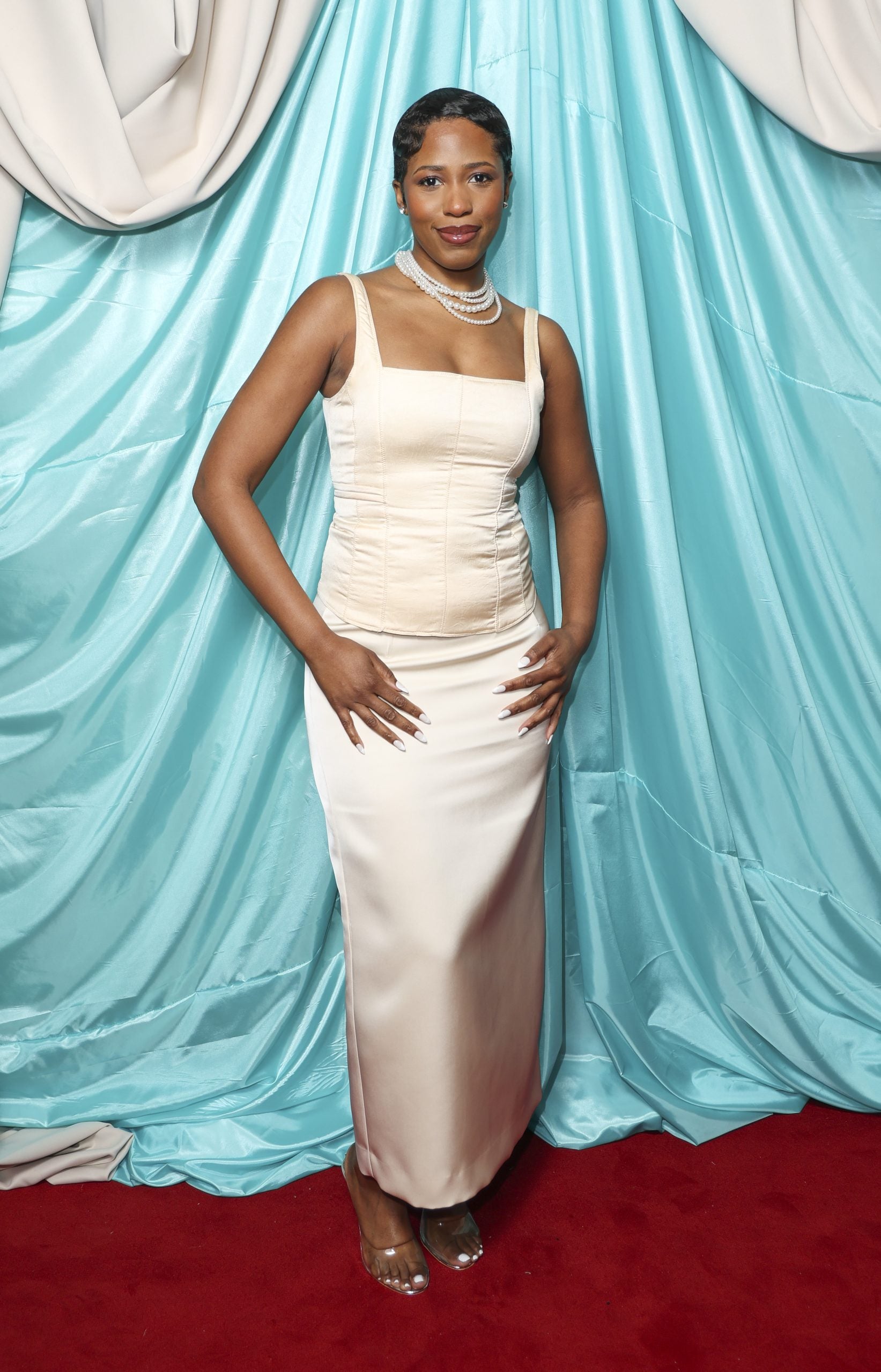
The path to leadership in fashion has always been a tough one, especially for Black women. It’s often about who you know and where you come from; access to prestigious schools, internships, and the right social circles. Then there’s the issue of funding. Independent Black female designers often struggle to get the financial backing and institutional support that their white counterparts take for granted. In fact, a 2020 article by JP Morgan revealed that less than 100 Black women raised $1 million or more in venture capital funding. Meanwhile, according to data from Extend Ventures: “13 Black women raised venture funding between 2019 and 2023, compared with over 3,700 white men.”
The previously mentioned figures showcase how making it almost impossible for them to scale their businesses or compete with well funded, white owned brands. Even when Black women do break through, their work is often undervalued or held to a different standard than their peers.
But despite all these obstacles, a few incredible women have found ways to carve out their own spaces. Tracy Reese, a legendary designer, built a brand that proudly reflects her vision, refusing to bow to the Eurocentric ideals that dominate the industry. Reese, a Parsons graduate has a trajectory that is ever-inspiring. At one point in her lauded career, she was the head of the women’s portfolio at Perry Ellis, per Helm. Notably, she partnered with New York label Magaschoni for five years while her name appeared on the labels of the house. This designer is a changemaker who is worthy of more praise and accolades. (ESSENCE sponsored a Tracy Reese show in 1994.)
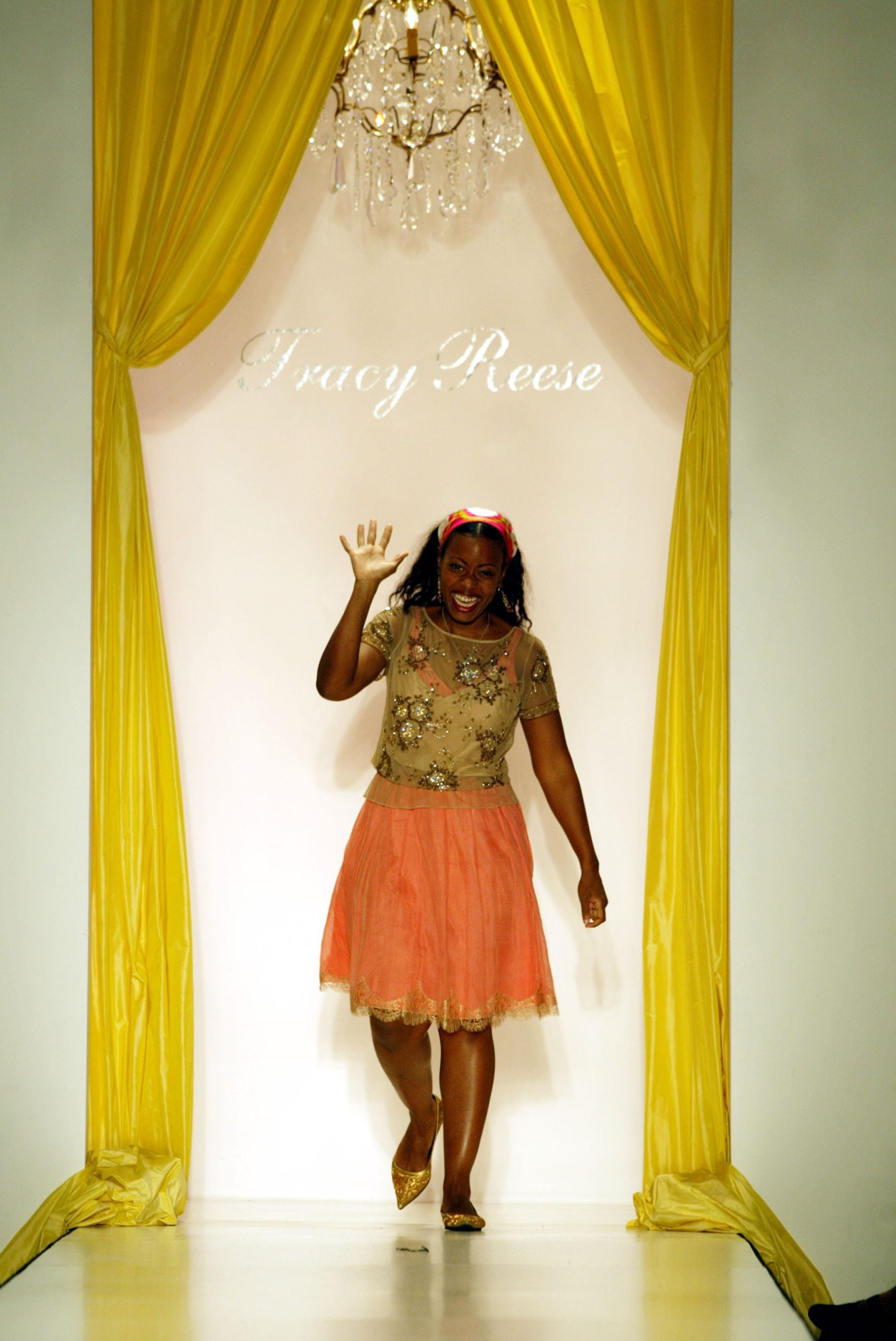
Carly Cushnie co-founded Cushnie et Ochs, and her sleek, feminine designs took over red carpets and editorials before the brand sadly shut down in 2020. Rachel Scott, the founder of Diotima, is worth mentioning here too. Her designs turn heads but they also pinpoint how a brand can fuse modern, architectural design with feminine elegance. Aurora James has not only redefined the accessories market with Brother Vellies, but she also founded the Fifteen Percent Pledge, challenging retailers to allocate real space to Black-owned businesses.
So what will it take for Black women to truly break through? The industry needs more than just empty gestures. It needs real, structural change. Fashion houses and conglomerates must stop with token collaborations and one-off campaigns, and instead start hiring Black women in creative leadership roles such as artistic director and creative director.
These women deserve the same resources, autonomy, and respect as their white male counterparts. Fashion schools and mentorship programs need to be more intentional about helping Black women rise up through the ranks so that their talent isn’t stifled before it even has a chance to shine. Houses also have a responsibility too; to me, they too need to look beyond performative allyship, empty gestures, and create environments that genuinely support Black women creatives.
And let’s not forget about the consumers. They hold power too. Brands like Telfar created by Telfar Clemens, Hanifa founded by Anifa Mvuemba, and Fe Noel designed by Felisha Noel regularly prove that when Black-owned fashion labels are given support, they thrive. Consumers need to keep demanding more representation, not just in ad campaigns, but in the boardrooms and design rooms, where the real decisions are made. Boycotting brands that fail to follow through on their diversity promises and deliberately supporting Black-owned brands can apply pressure where it counts.
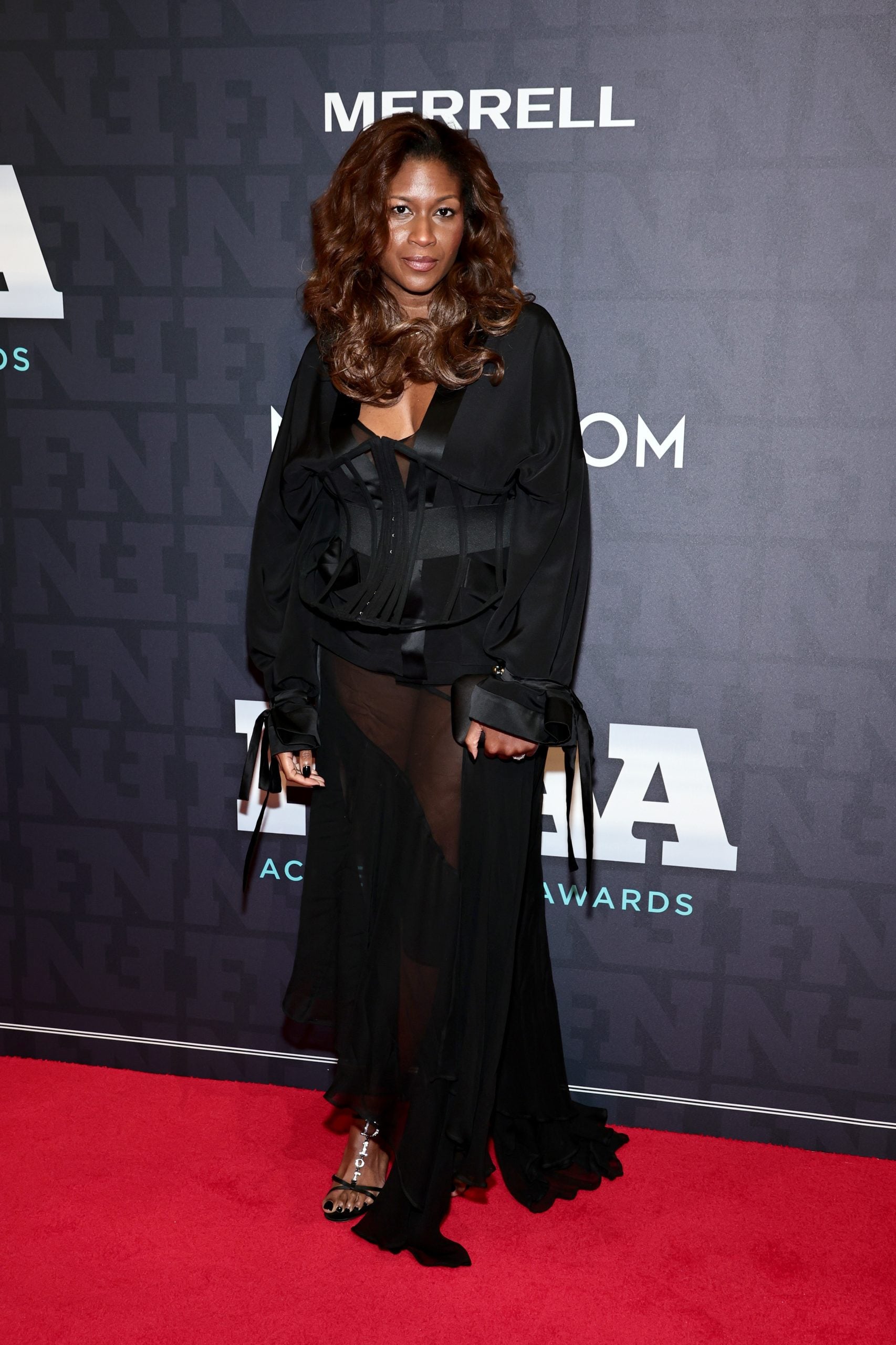
“Fashion has always categorized Black women as the ultimate inspiration, not as architects. So trusting us to lead would mean confronting centuries of bias. Ultimately, it’s not just about trusting Black women, it’s about the industry choosing to evolve. Because if fashion truly wants to stay relevant, it can’t just always borrow from Black women. It has to belong to us, too,” says Murray.
Black women have always been at the forefront of cultural innovation. Think of Josephine Baker’s influence on fashion in the 1920s, or the legendary contributions of designers like Ann Lowe, who designed Jacqueline Kennedy’s iconic wedding dress, and Mae Reeves, whose Philadelphia boutique was a hotbed for couture-inspired designs that celebrated Black beauty. And yet, despite all this, their contributions have often been erased or overlooked, leaving them without the recognition or credit they deserve. But the erasure doesn’t have to be permanent.
From my vantage point, fashion is changing in ways that point to shifts happening. But real progress isn’t just about shifting aesthetics or seasonal trends. It’s about shifting power. And until Black women are leading the houses that shape the industry, the work remains unfinished.

